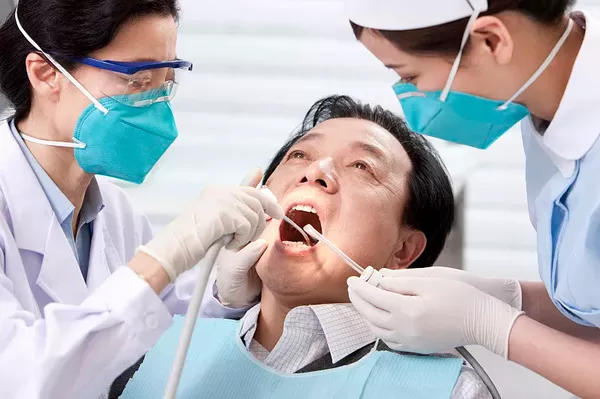Dental implants have revolutionized the field of dentistry, providing a long-lasting solution for missing teeth. However, in rare cases, a dental implant may become loose or even fall out completely. This unexpected situation can be distressing for patients who have invested time and resources into their dental implant treatment. In this article, we will explore what to do if a dental implant falls out and shed light on the number of appointments typically required for replacement.
Section 1: Understanding Dental Implants
Definition and purpose of dental implants
Components of a dental implant
Factors contributing to dental implant failure
Importance of regular dental check-ups and maintenance
Section 2: Causes and Risk Factors for Dental Implant Failure
Peri-implantitis: The leading cause of implant failure
Poor oral hygiene practices and its impact on implant stability
Smoking and its detrimental effects on dental implants
Systemic conditions and medications that affect implant success
Trauma and accidents leading to implant dislodgement
Section 3: What to Do If a Dental Implant Falls Out
Immediate actions to take when an implant becomes loose or falls out
Contacting your dentist and scheduling an emergency appointment
Evaluation of the implant site and surrounding tissues
Diagnostic tests and imaging techniques to assess the condition
Treatment options based on the extent implant damage
Section 4: Replacing a Failed Dental Implant
Comprehensive evaluation and treatment planning for implant replacement
Surgical procedures involved in removing the failed implant
Bone grafting and augmentation techniques to enhance implant stability
Selecting the appropriate implant system for replacement
The timeline and number of appointments required for the replacement process
Section 5: Preventive Measures to Ensure Implant Longevity
Importance of oral hygiene practices and regular dental visits
Lifestyle modifications to support implant success
Dietary considerations for maintaining healthy implants
Follow-up care and maintenance protocols
Potential complications and their management
Conclusion
Experiencing a dental implant falling out can alarming, but with prompt action and professional guidance, is possible to restore your smile and regain implant stability. By understanding the causes of implant failure, knowing what steps to take when an implant becomes loose or dislodged, and being aware of the replacement process, patients can make informed decisions and seek appropriate dental care. Remember, prevention is key, and maintaining good oral hygiene practices along with regular dental check-ups will significantly contribute to the long-term success of dental implants.
































